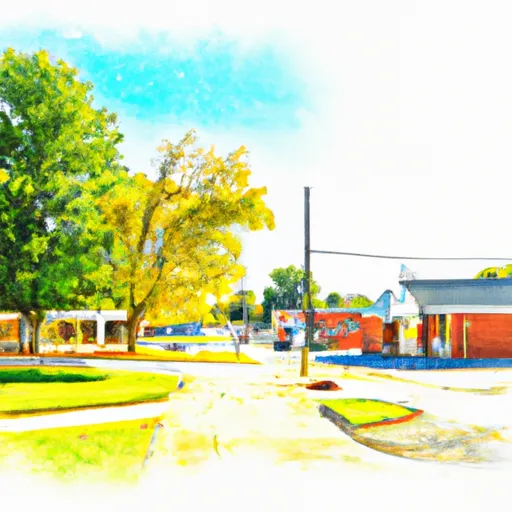°F
°F
mph
Windspeed
%
Humidity











Macks Creek is a small town located in Camden County, Missouri. Situated in the heart of the Ozarks region, Macks Creek experiences a humid subtropical climate characterized by hot, humid summers and cold winters. Summers are typically hot with average temperatures ranging from the mid-80s to low 90s°F (29-34°C), while winters are cold with average temperatures ranging from the 20s to 40s°F (-7 to 4°C).
The town is surrounded by picturesque natural landscapes, including the nearby Lake of the Ozarks, which offers abundant opportunities for outdoor recreation. The lake provides excellent fishing and boating opportunities, with a variety of fish species such as bass, crappie, and catfish. Additionally, Macks Creek is in close proximity to Mark Twain National Forest, offering opportunities for hiking, camping, and wildlife observation.
The hydrology constituents in Macks Creek are primarily influenced by the Lake of the Ozarks, which not only provides recreational opportunities but also serves as a source of drinking water and irrigation for the region. The lake is fed by several tributaries, including the Osage River, and its waters are known for their clarity and scenic beauty. Overall, Macks Creek offers a charming small-town atmosphere and abundant outdoor activities for nature enthusiasts.
Weather Forecast
Macks-Creek receives approximately 1078mm of rain per year, with humidity levels near 83% and air temperatures averaging around 14°C. Macks-Creek has a plant hardyness factor of 6, meaning plants and agriculture in this region thrive during a short period during spring and early summer. Most plants will die off during the colder winter months.
Regional Streamflow Levels
66
Cubic Feet Per Second
361
Cubic Feet Per Second
15
Cubic Feet Per Second
62
Cubic Feet Per Second
Nearby Camping
| Camping Area | Reservations | Toilets | Showers |
|---|---|---|---|
| Lake Sylvia | |||
| Cedar Glades Park | |||
| River Road | |||
| Sequoya Park | |||
| Cherokee | |||
| Petit Jean State Park |



